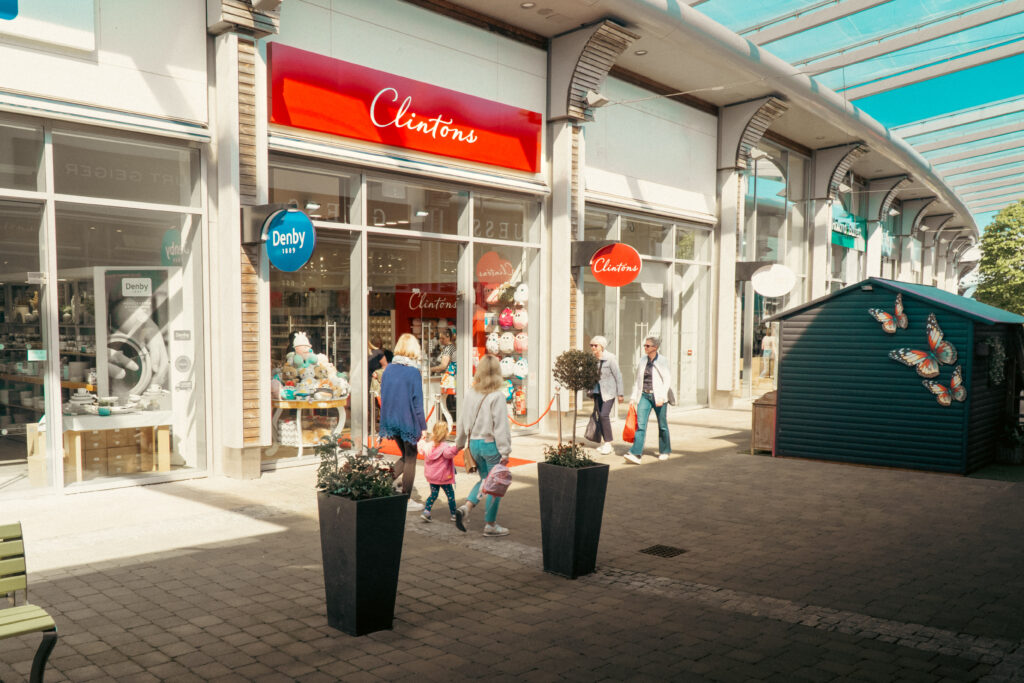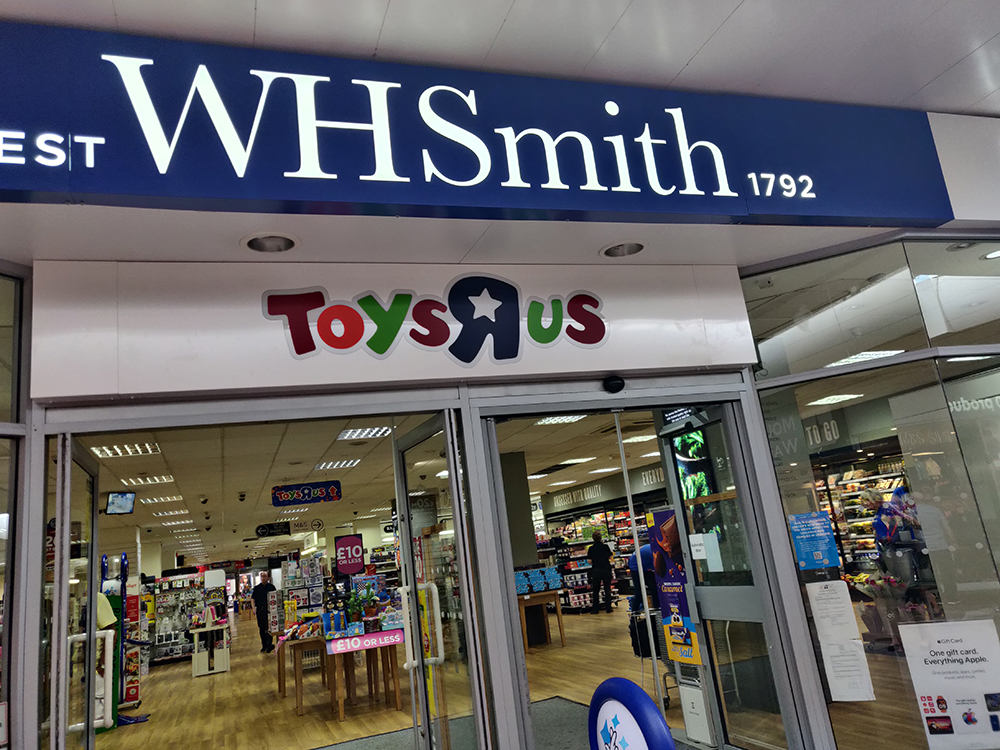Martin Smethurst, MD Retail UK & Ireland, Wincor Nixdorf explains why, despite slower than anticipated adoption, mobile payment has such huge potential and what retailers can do to boost its wider scale adoption.
As we start a new year, we can look back on 2013 as the year that the payments industry took great leaps towards a mobile future. With the launch of Vodafone‘s SmartPass service, the ISIS Mobile Wallet in the US and the imminent launch of Visa‘s NFC (near field communication) solution in the UK, it is clear that the technology is there to allow customers to embrace mobile payment.
The benefits of mobile payment for both the customer and retailer should not be underestimated. Payments can be made faster as customers simply hold their phones to an NFC enabled terminal to pay for goods, without the need to carry cash or cards. This will reduce queuing times and potentially increase sales as customers have access to cash without their wallets. By virtue of its close range, NFC is also secure. Potential hackers would need to be extremely close to customers to snag the NFC signal, so close that they would be aware of it. NFC also provides retailers with the opportunity to provide their customers with incentives like special offers and vouchers, both of which help in the clicks and bricks battle to encourage customers to purchase in-store.
However technology is only part of the solution. Whilst 40% of tills in the UK can accept NFC payments, according to Gartner just 2% of mobile payments are currently made this way although this is predicted to increase to 5% by 2017. This is a clear indication from customers that the technology is some way off mainstream adoption. While some may argue that this is fine, smart retailers should not narrow their options but offer customers a choice of payment methods, allowing them to complete transactions in a way that suits them on any given day.
Like any new technology, educating staff and consumers is key to encouraging adoption. I believe what‘s lacking is the help to encourage the shopper to use NFC payment for the first time, without risking holding up the queue of shoppers behind them. Like riding a bicycle, we all need the confidence to take that first step and avoid the embarrassment of admitting we don‘t know how to use a contactless solution. Retailers will need to play a part in explaining how NFC works and the benefits of mobile payment, giving customers the confidence to use the technology.
One frequently stated barrier to adoption is that mobile payments, and particularly NFC, require a substantial investment in infrastructure to get the technology off the ground. However, there may be little cost difference between terminals which are NFC-enabled and those which are not and the business benefits can very quickly outweigh the cost.
However retailers cannot tackle the low adoption rates on their own. Card providers need to address low spending limits on contactless payments if the mobile is to become a true alternative to cash or card. Further to this, mobile device manufacturers across the board will need to back mobile payments by providing widespread availability of support for NFC in smartphones. According to Deloitte‘s Global Mobile Consumer Survey, 10% of the 37,600 consumers surveyed globally already have NFC- enabled phones, although it has to be noted that 28% didn‘t know if they did or not. The most notable exception is Apple‘s IPhone which is still not NFC-enabled, although there is suggestion that the next generation handset will have an iWallet digital payment system which takes advantage of NFC.
Looking forward, the most successful retailers will be the ones who are flexible in their approach to payment. Retailers need to make sure that they are not putting all their eggs in one basket with one technology, since it is hard to predict what is around the corne
RELATED STORIES

















